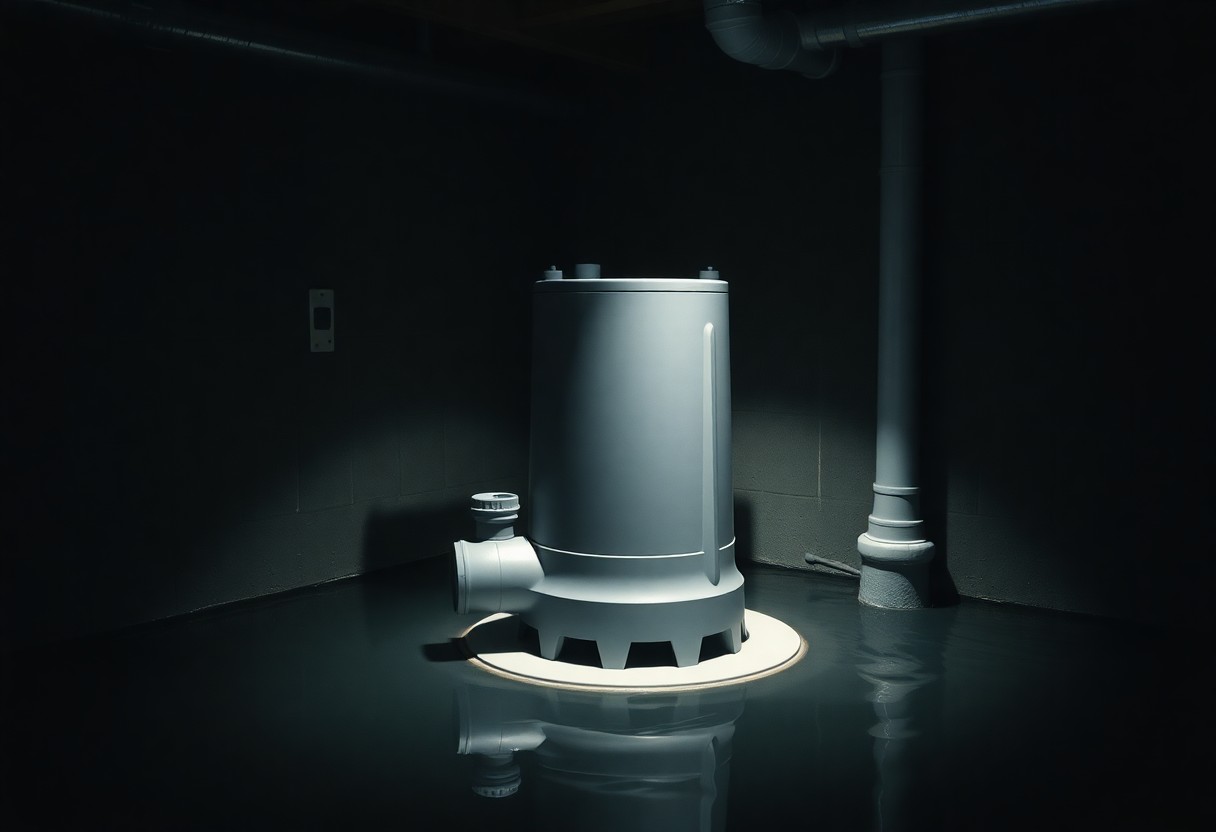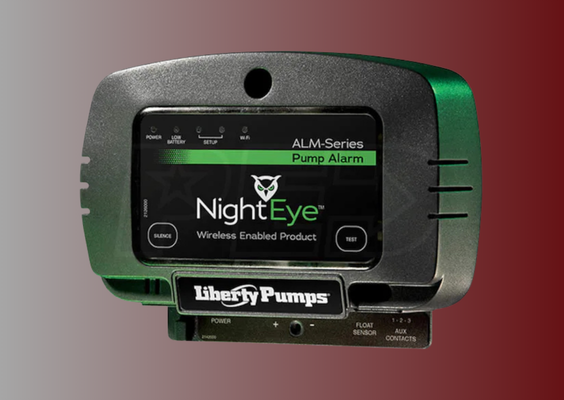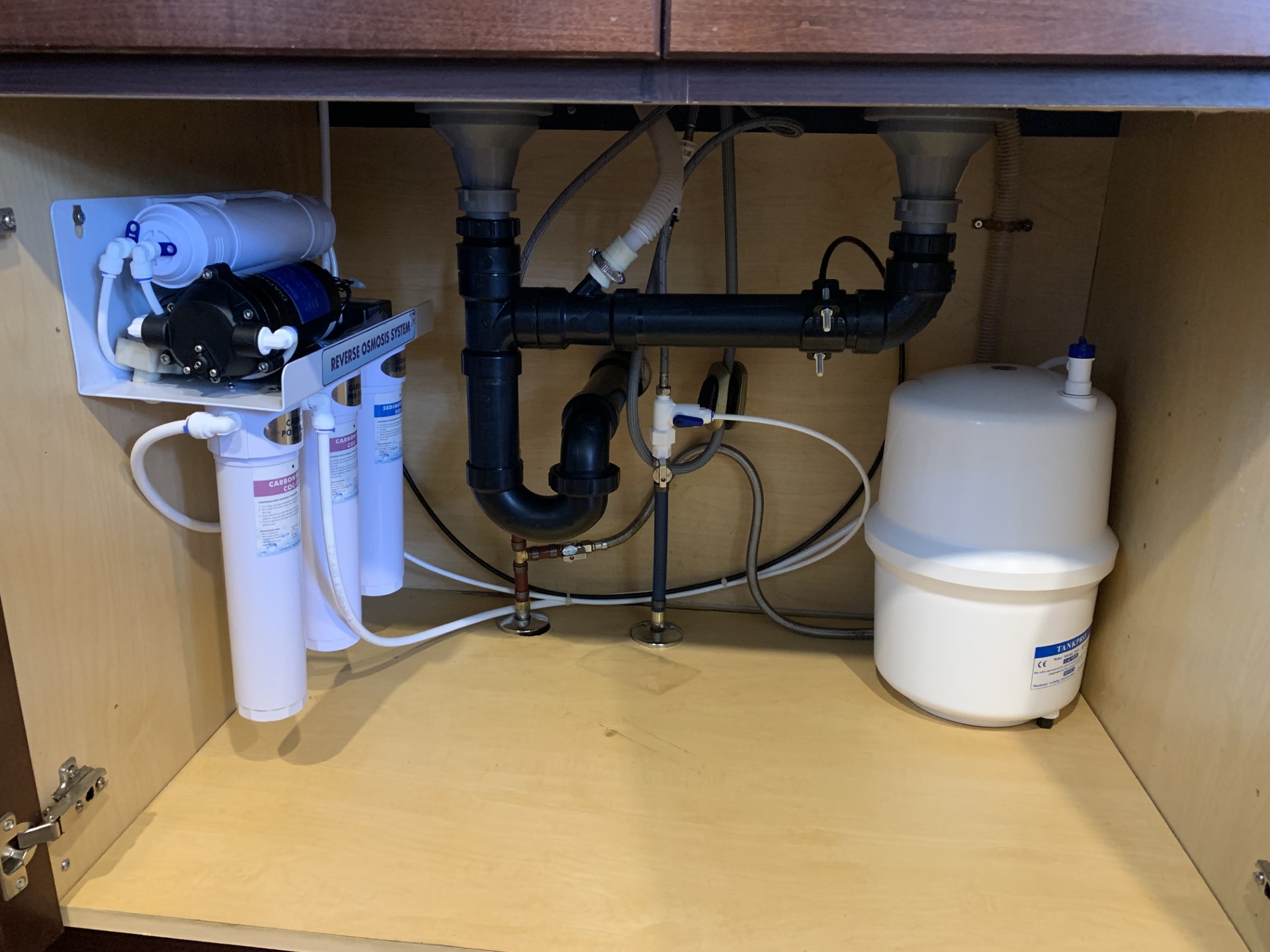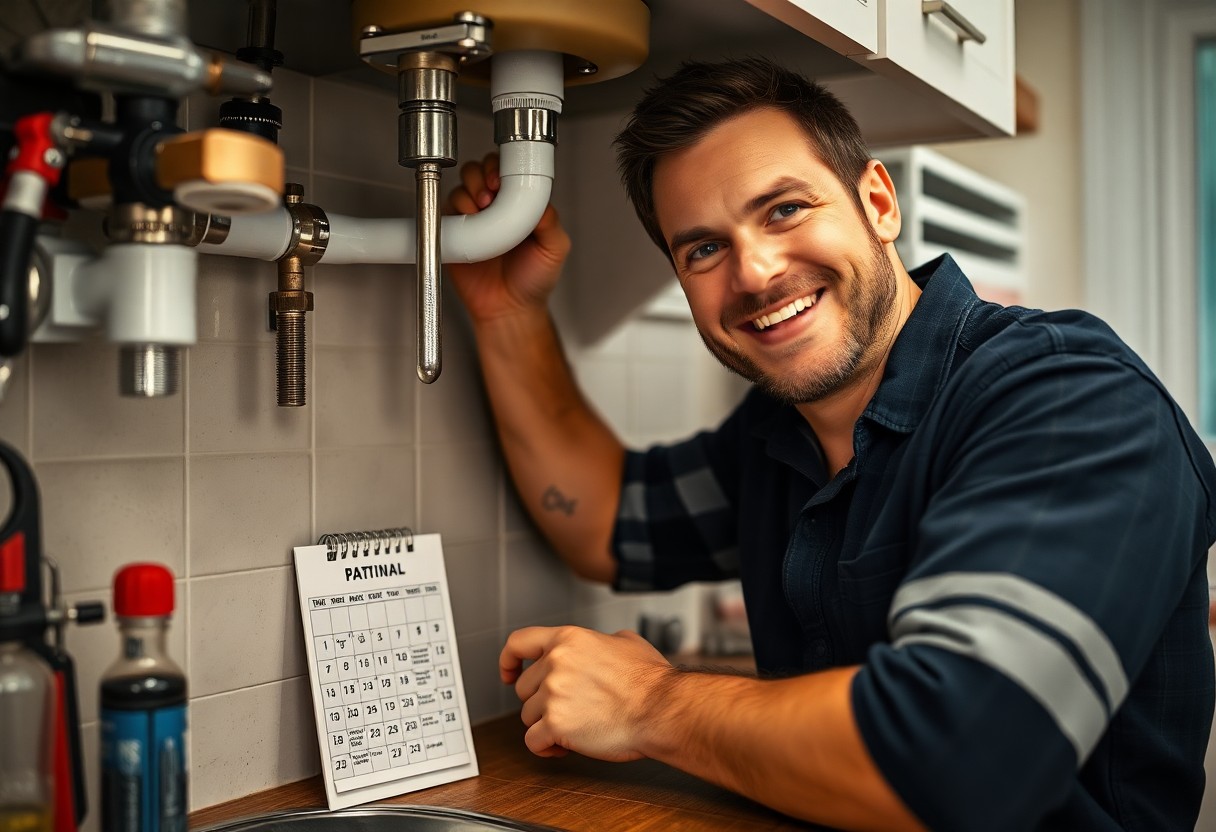Just when you think about your plumbing system, a sump pump might not be the first thing that comes to mind. However, these powerful devices play an crucial role in protecting your home from water damage and flooding. Whether you live in a flood-prone area or simply want to keep your basement dry, understanding the importance of sump pumps can save you time, money, and hassle in the long run. Let’s explore why sump pumps are often overlooked yet invaluable components of your plumbing arsenal.

Understanding Sump Pumps
To protect your home from water damage, it’s necessary to understand sump pumps and how they function within your plumbing system. Often located in basements or crawl spaces, these devices play a significant role in managing excess groundwater and preventing flooding, making them indispensable in areas prone to heavy rainfall or rising water tables. By familiarizing yourself with sump pumps, you can appreciate their importance in maintaining a dry and safe living environment.
What is a Sump Pump?
Sump pumps are specialized pumps designed to remove accumulated water from a sump basin, typically found in basements or crawl spaces. They automatically detect rising water levels and pump excess water away from your home, reducing the risk of flooding and water damage. With various types available, such as submersible and pedestal pumps, you can choose the best option for your specific needs.
How Do Sump Pumps Work?
Between rainstorms and snowmelt, water can easily accumulate around your home’s foundation. When this happens, sump pumps kick into action. They consist of a pump, a float switch, and a discharge pipe. The float switch activates the pump when water reaches a certain level in the sump basin, allowing the pump to push the water out and away from your home’s foundation.
Plus, many modern sump pumps include features like battery backups or smart technology that alerts you to potential issues. This ensures that even during power outages or heavy storms, your home remains protected from excess moisture. Regular maintenance and testing of your sump pump will help ensure it operates efficiently when you need it most, giving you peace of mind during inclement weather.
Types of Sump Pumps
The market offers various types of sump pumps to suit different needs and situations. Here’s a breakdown of the most common types:
| Sump Pump Type | Description |
|---|---|
| Submersible Sump Pumps | Installed below water level and can pump out water from deep basins. |
| Pedestal Sump Pumps | Features a motor atop a pedestal; suitable for smaller pits. |
| Battery Backup Sump Pumps | Provides additional power during power outages to keep pumping. |
| Combination Sump Pumps | Includes both submersible and pedestal designs for versatility. |
| Water Powered Sump Pumps | Utilizes municipal water pressure; ideal when electricity is unreliable. |
After understanding these types, you can better evaluate which sump pump is best suited for your specific plumbing needs.
Submersible Sump Pumps
To select the right sump pump, consider the submersible type, designed to operate underwater. These pumps effectively remove water from your sump pit by drawing it through an inlet and expelling it through a discharge pipe. Their compact design makes them ideal for residential basements and flooded areas, ensuring that water is efficiently removed without causing damage to your property.
Pedestal Sump Pumps
Along with submersible options, pedestal sump pumps are popular due to their unique design. The motor is positioned above the sump pit, allowing for easier maintenance and a longer lifespan, as it remains out of the water. This type typically has a longer discharge line, which is beneficial for moving water away from your foundation.
In addition, pedestal sump pumps are generally less expensive than submersible types and are quieter during operation. They work well in smaller spaces where there is limited room for installation. By understanding their operation and benefits, you can determine if a pedestal sump pump fits your water management strategy effectively.
Benefits of Sump Pumps
One significant advantage of installing a sump pump in your home is the proactive protection it provides against water damage. By efficiently removing excess water, sump pumps play a key role in maintaining a dry and healthy living environment, ultimately safeguarding your property and investment from costly repairs.
Preventing Basement Flooding
Below the surface, your basement may be at risk for water infiltration, especially during heavy rains or melting snow. A sump pump acts as an effective safeguard, automatically pumping out accumulated water before it can cause flooding, ensuring your space remains dry and functional.
Reducing Moisture and Mold Risks
On the flip side, having a sump pump isn’t just about preventing floods; it also significantly reduces moisture levels in your basement. This is necessary for creating an environment that discourages mold growth and promotes overall air quality in your home.
In fact, excess moisture can lead to serious mold issues, which not only damage your belongings but can also pose health risks to you and your family. By investing in a sump pump, you are effectively controlling humidity levels, thereby decreasing the likelihood of mold spores developing and spreading throughout your home. This preventative measure results in a safer, healthier living space that enhances your overall comfort and peace of mind.
Installation Considerations
Now, when it comes to installing a sump pump, careful planning and execution are crucial to ensure its optimal performance. You’ll want to take several factors into account, including your home’s layout, the water table level in your area, and your specific needs related to flood prevention. A well-thought-out installation not only enhances the pump’s efficiency but also prolongs its lifespan, saving you time and money in the long term.
Choosing the Right Location
The ideal location for your sump pump is typically in the lowest part of your basement or crawlspace, where water accumulation is most likely. Ensure that it’s away from any walls that may seep water and that the area is easily accessible for maintenance and monitoring. Proper placement can significantly enhance your pump’s ability to protect against flooding events.
Professional vs. DIY Installation
On the other hand, you might be considering whether to tackle the installation yourself or hire a professional. While DIY installation can save you money, it also demands a solid understanding of plumbing and local building codes.
This decision often hinges on your level of skill and comfort with home improvement projects. If you’re confident in your abilities and have the right tools, a DIY install can be rewarding. However, employing a professional ensures that the job is done to code and often comes with warranties or service guarantees, which can provide peace of mind. Weigh your options carefully to ensure your sump pump operates effectively when needed most.
Maintenance Tips for Sump Pumps
All sump pumps require regular maintenance to ensure they remain effective in protecting your home from water damage. Follow these important tips to keep your sump pump in top shape:
- Inspect the pump and its components regularly.
- Clear any debris from the sump basin.
- Check the discharge pipe for clogs.
- Test the float switch to ensure it operates smoothly.
Any neglect can lead to failures when you need your sump pump the most, so maintain it diligently.
Regular Inspections
Before the rainy season hits, make it a habit to inspect your sump pump. Check for signs of wear or any loose connections, and ensure that the sump basin is clean so that the pump can function properly. A quick inspection can save you from hefty repair costs later.
Testing the Pump Functionality
Maintenance of your sump pump should include testing its functionality every few months. You can do this by pouring water into the sump pit to see if the pump activates and drains the basin effectively.
Also, make sure to listen for unusual noises while the pump is running, as this can indicate problems with the motor or impeller. By routinely testing your sump pump, you can ensure that it is ready to work when the time comes, giving you peace of mind during heavy rainfalls.
Common Myths About Sump Pumps
Once again, many homeowners underestimate the importance of sump pumps due to prevalent myths. Misconceptions can lead to inadequate preparedness for water damage and flooding. Understanding the truth behind these myths is vital for protecting your home, ensuring you are well-informed about the role and benefits of sump pumps in any household plumbing system.
Only Needed in Flood-Prone Areas
For some, it may seem logical that sump pumps are only vital if you live in flood-prone areas. However, this isn’t the reality. Homes in regions with high groundwater levels, consistent rainfall, or melting snow can also benefit from sump pumps, as they help to prevent basement flooding and protect your home from moisture damage.
They Are Too Noisy
About the noise level of sump pumps, many homeowners fear they’ll create an overwhelming racket. In truth, modern sump pumps are designed to operate quietly. Most models generate noise levels comparable to a normal conversation, ensuring that you can remain undisturbed while the pump effectively protects your home from water damage.
Needed some reassurance? Engineered with noise-reduction technology, today’s sump pumps operate smoothly and discreetly. While you will likely hear a low hum when it engages, the sound shouldn’t disrupt your daily life. You can appreciate the peace of mind that comes from knowing your sump pump is silently working to keep your basement dry and safe.
Conclusion
Now that you understand the vital role sump pumps play in your plumbing arsenal, you can appreciate their importance in protecting your home from water damage. By keeping your basement dry and preventing mold growth, these devices ensure a safe and comfortable living environment for you and your family. Investing in a reliable sump pump not only safeguards your property but also enhances your peace of mind. Don’t underestimate these unsung heroes; incorporating them into your plumbing strategy could save you from costly repairs down the line.


